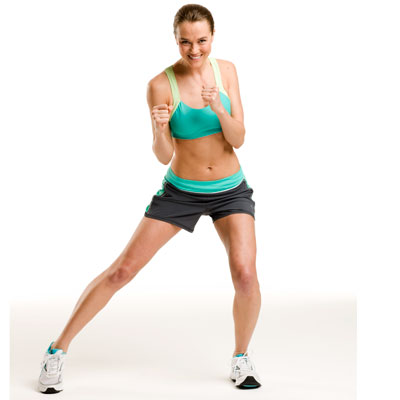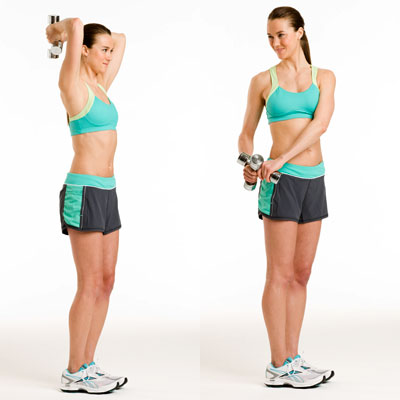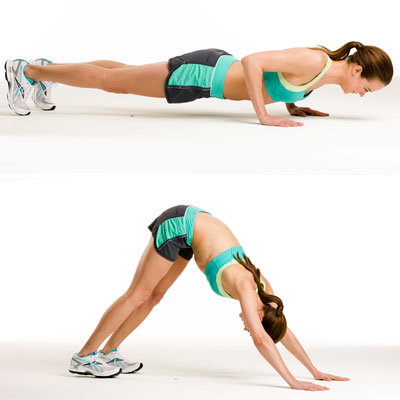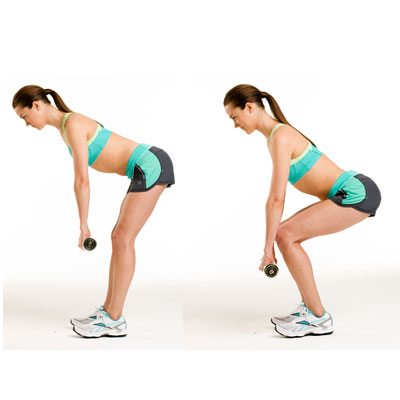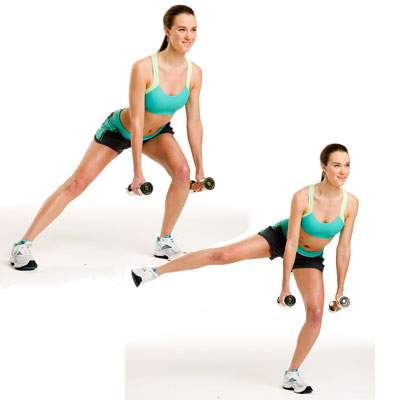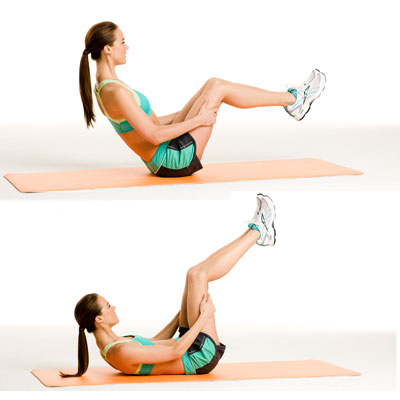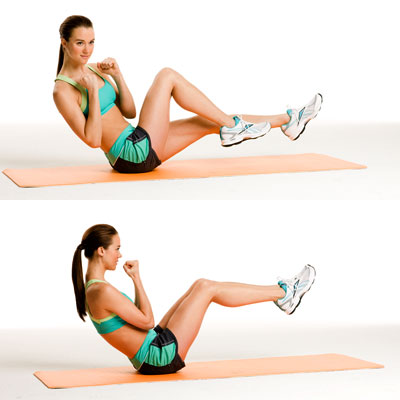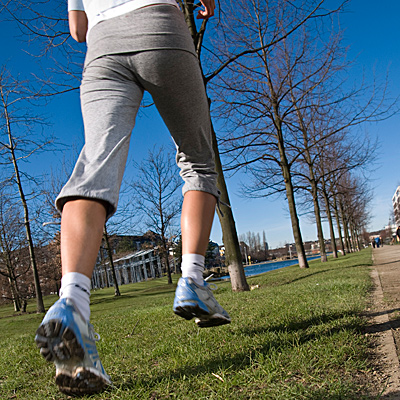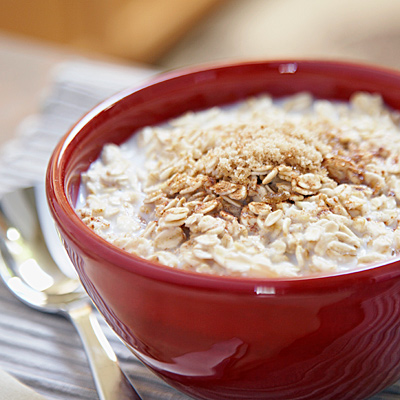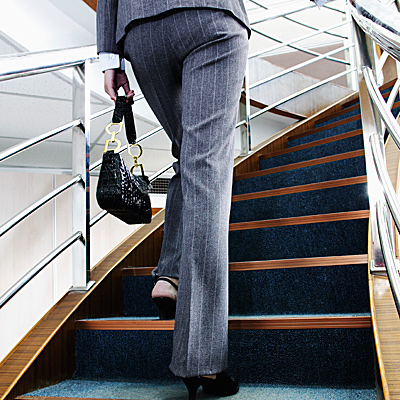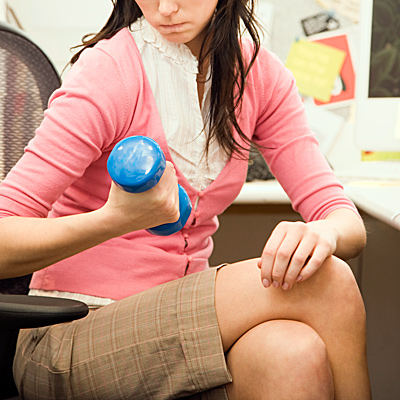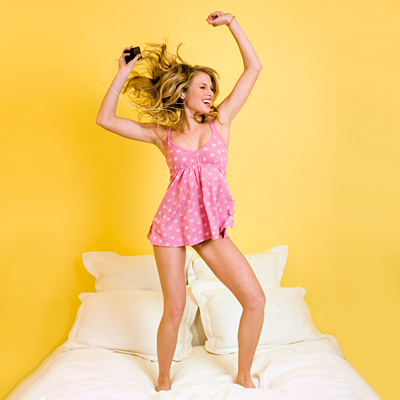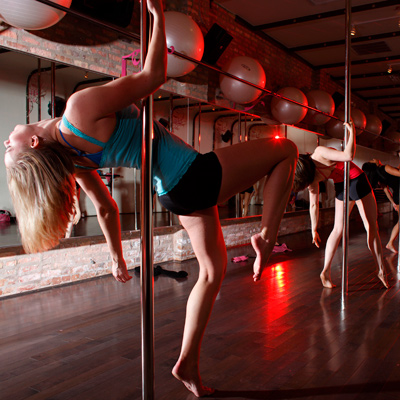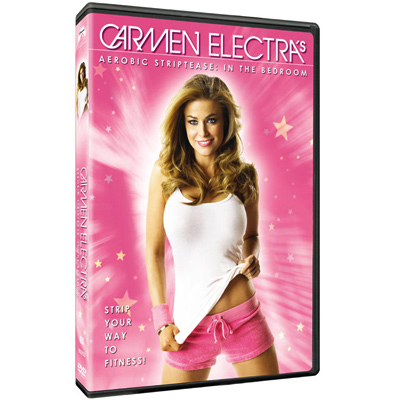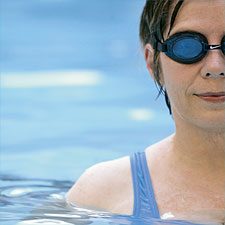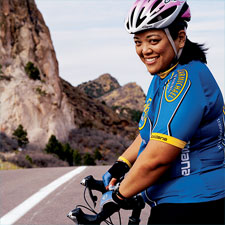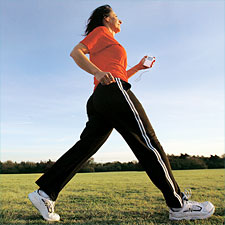
I'm watching the tide come in here atthe beach near my house on a lovely sunny afternoon, wishing I could be outside. Instead I'm at my desk typing, in my two-fingered way. (Yes, that's how I do it, using only my index fingers—"hunting and pecking," my mother called it.)
In front of me on the computer screen is an essay for my master's degree in fiction writing. I decided three years ago at age 49 that this was important. But somehow I forgot that going back to college meant I'd have homework, even in the summer.
At the moment, I am cursing at my laptop as I try to italicize book titles (no more underlining them, like I did when I was in college). The university expects the paper to be perfect. That's my advisor's word. Perfect. I thought no one used that term anymore—in preschool and in yoga class it is not allowed.
I don't believe in perfect anymore.
I used to. I spent my whole life, it seems, trying to be perfect. The perfect daughter, perfect student, perfect bride, perfect mother, perfect friend, perfect wife—not to mention keeping a perfect house, serving perfect meals and tending perfect chickens who lay perfect eggs.
I was raised to always do my best, with the understanding that my best was perfect, therefore anything less meant I hadn't done a proper job. Maybe this is why, when I had four kids under age 5, I served on the school board, directed a community theater production of Carousel, and still made pancakes every morning and gardened at 10 o'clock at night. (In Alaska, where we live, you can do that.)
Did I mention that in my free time I ran marathons? Saying this now makes me laugh out loud. At the same time, I read about mothers who did all this and were brain surgeons, too. I was only a staff writer who wrote obituaries for our town's weekly newspaper, and in a town of 2,400 there aren't that many.
But that job did, and does, challenge the way I saw the world. The best obituaries (and thus lives), I've found, are the ones about people who are quirky and loved, rather than perfect overachievers. Like Mildred, who, after her husband died in Texas, abandoned her home there completely. She came up to visit her friend Lola here in Alaska and never left. "She was a guest who came for the summer and stayed for 20 years," Lola said. Most of us knew very little of Mildred's pre-Alaska life or the reason for her abrupt departure from Texas, and we didn't much care. I loved her for the fiery-red leather pants she wore well into her 80s.
I never thought I'd be writing the obituary of my friend Guy. When he died of a heart attack while skiing at only 57, everyone was so shaken up that the local arts center was packed for his funeral. Guy fished just enough to pay his bills, never had indoor plumbing, and invited the whole town to his annual birthday party. He used to say, "If you want nice weather, make your own high-pressure system," and he did.
Compare that with the obituary I wrote where the highest praise anyone could offer about the woman was, "She kept her stove clean." That one worried me—I didn't want to be remembered that way.
Not long after that, I was invited to dinner at a new friend's rental house, where the gritty gas stove had seen better days. My hosts did not, as I would have, iron the napkins—we tore paper towels off a loose roll.
And instead of serving a meat and two vegetables, we ate tamales from napkins on our laps, which we assembled, laughing and talking, in a drafty old kitchen. I still recall it as one of the nicest evenings in one of the warmest (yet least "perfect") homes I've ever been in.
Of course I was aware that no one demanded perfection in my household but me. But still, I couldn't let it go. I couldn't help it. I thought it was my job, somehow, to make the world orderly and clean.















